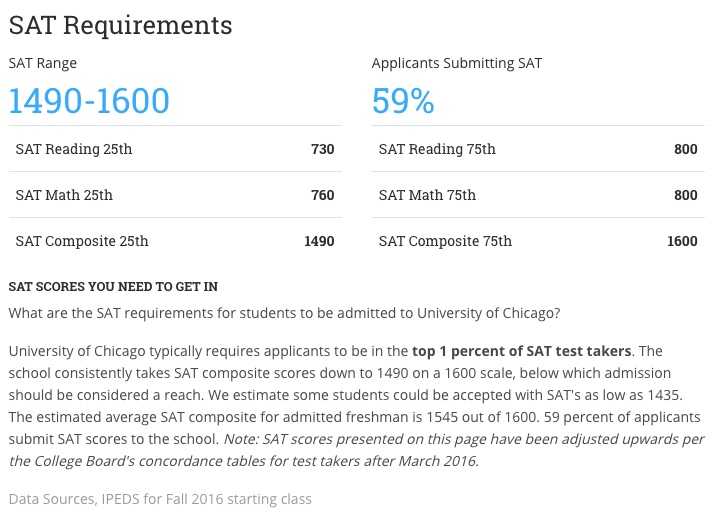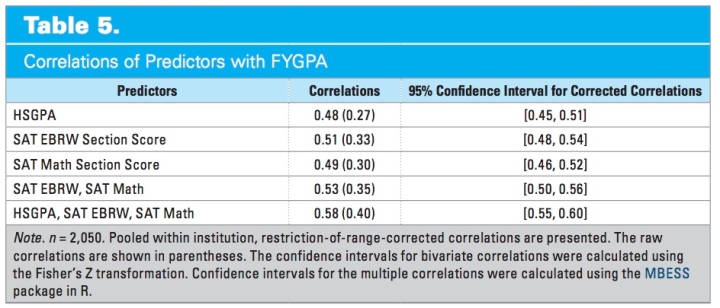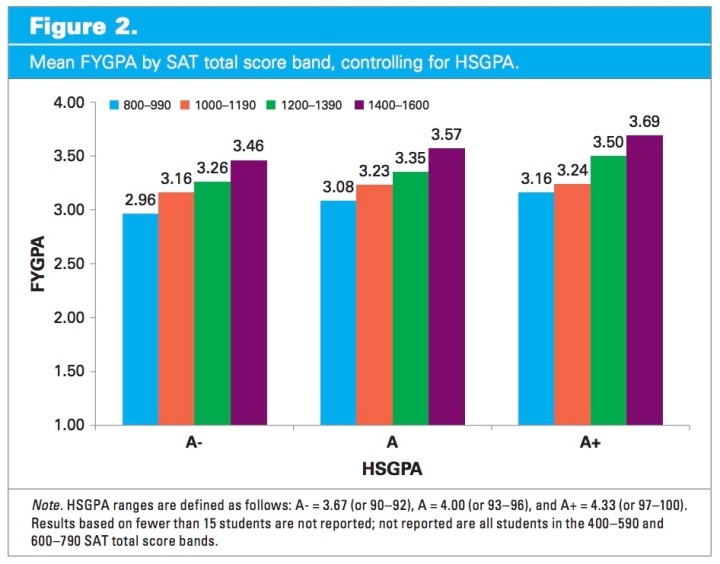By Watson Scott Swail, President & Senior Research Scholar, Educational Policy Institute
We invite colleagues to listen to the most interesting podcast of this Swail Letter below.
THREE WEEKS AGO I wrote a Swail Letter called College Admissions, Selectivity, and Grit. The article focused on how many of our colleges and universities were selective enough to make the admissions process majorly complex. My conclusion was that there were a lot more moderately selective institutions than I thought. Thus, the admissions game is complex and difficult for hundreds, and arguably thousands, of institutions in the US. Less than a week later after posting that article, the University of Chicago, an uber-selective institution, announced that it would not use the SAT in their admissions process. Typically, this comes with some misguided fanfare by those who fight for equity in the college-going arena.

With this announcement, I feel that it is worthy of a brief discussion of what makes equity and the role of college admissions and other related tests. My conclusion at the start of today’s article is simple: getting rid of the SAT does little or nothing positive for the equity agenda in postsecondary education. Especially by the very selective institutions, such as UChicago, which has an entering class with an average SAT composite of 1540 out of 1600.[1] That places it in the top handful of institutions in the US and perhaps the world. According to collegesimply.com, the University of Chicago requires candidates to be in the top 1 percent of SAT test takers. Here is what their numbers look like:

What this means for UChicago is pretty simple: all of their students are at the top of the SAT and academic spectrum. And because of this, the SAT fails to add much to the formula. For example, if you had a college readiness indicator from 1 thru 10, what help would it be if all your prospects were 10s? None at all because it doesn’t vary your group in any way. The idea of a test is to spread people out so there are differences. Tests are generally not designed so that everyone gets an A on them unless it is a competency-based test where you need to ensure that everyone understands all of the information. But on a test like the SAT or another nationally-normed instrument, the purpose is to discriminate people by what they know and understand. The fact that most of the applicants at UChicago are in the top 1 percent of the SAT shows that the test, at this level, does not discriminate in a way to help the institution’s admissions process. Why? Because the pond is very large for a relatively small fish. Put another way, UChicago, just like the top-echelon schools, attract the greatest academic talents from around the world for a very small number of spots. Thus, they are creaming their possibilities by the sheer nature of supply and demand.
It is important to know that the SAT was created back in the early 1900s as an instrument of equity. Even though Harvard was the first colonial college back in 1636, colleges were still in relative infancy in the late 19th Century and were, by nature, selective by the fact that mostly wealthy or connected youth went to college. The others were working fields or in factories. Keep in mind that, back in this time period, only half of White and one-third of Black youth went to any proper school.[2] Although we do not have college-going data back that far, even as recent as 1940, only 10 percent of the population went to college, and half of those attended technical schools as opposed to a “university.”[3] Heck, for what it is worth, back in 1900, there were a total of 997 postsecondary institutions of any type. Today? There are 3,781 two-year, less-than two-year, and four-year public and private not-for-profit institutions. Add in the proprietary sector and the number jumps to 6,502 (visit our EPIGraph of June 7, 2018 for details).
The SAT, though, was created in 1926 by the “College Entrance Examination Board,” still the legal name of what we know today as the “College Board.” The test was to measure academic prowess and provide some equity to work against legacy interests in higher education. Because so few students were going to higher education, most came from affluent families and those who had gone to college before. The members of the College Entrance Examination Board, including Harvard, Penn, NYU, Bryn Mawr, and eight other exclusive institutions, wanted to open the doors to other deserving students who did not have the connections or legacy to warrant admission. Interesting in retrospect that the SAT and ACT tests are looked at as dividers of equity given intended origin.
Understanding the academic quality of the freshman class (and thus, every other class) at the University of Chicago, and also knowing that only 1 in 12 applicants is admitted to the institution, the SAT isn’t very useful for the selection process. For other institutions, college entrance exams remain an important piece of the admissions formula.
Most people are told that the number one indicator of college success is the high school grade point average (HSGPA) and many believe—or are told—that the SAT and ACT are not very good predictors of college success. As I told a group of Admissions professionals at the EMAS Pro Conference last week, if I were to use only one variable to predict college success, it would simply be family income because wealth is the ultimate determinant in this country of level of education and preparation for college. Wealth as an admissions variable doesn’t provide anything remotely close to an equity or diversity outcome, but it would guarantee me the best academic class that I could muster.
There are other important predictive criteria, though, such as previous academic prowess. High School GPA, class rank, SAT/ACT scores, and class rigor are a few of the choice variables that admissions personnel tend to use to build their applicant pool. Well, there is one other important variable: ability to pay. And yes, the admissions essay and other soft pieces are important, but they only matter if you make it over the first or second hurdles. Trust me: 10,000 applicant letters do not get read at a single university in the summer. Only those that make the first or second cut do.
In 2016, the College Board conducted a predictive validity analysis of the revised SAT versus other variables.[4] As can be seen in the Table 3 graphic below, the SAT Evidence-Based Reading and Writing (EBRW) section has the highest correlation with first-year GPA (0.51). High School GPA has a 0.48 correlation. Thus, the SAT has a slightly higher predictive value of the FYGPA than HSGPA. This is interesting because that is not what people say or think. What we do know is this: combining a number of these variables improves the overall predictive validity. Using the SAT EBRW, the SAT Math, and the HSGPA improves the correlation to 0.58. Using the r-squared value, this still only answers less than a third of the variance. In other words, two thirds or other variables not apparent here predict a student’s first year GPA. By the way, these predictors basically only predict the FYGPA. After the first year, there is not a variable that statistically explains success.

The figure below simply illustrates the correlation between SAT score and FYGPA while controlling for HSGPA. As can be seen in each set of columns, the SAT and FYGPA, regardless of the HSGPA, are in stepwise correlation, meaning that there is a positive and direct correlation between the two.

What, then, is the purpose of the University of Chicago announcing their non-use of the SAT? They are not alone, of course. Other major selective schools, including Bates, Bowdoin, Bryn Mawr (one of those institutions that helped create the SAT, no less), my alma mater The George Washington University, Sarah Lawrence, Wesleyan, and UT Austin are some of those who do not require the SAT or ACT.[5] But the answer to the question is two-fold. First, because, as stated, the applicants to these institutions are of the highest level to begin with and given the high correlation between the SAT and HSGPA, the SAT does not give them enough additional information to be helpful in the admissions process. And second, there is a major PR bump from going against the flow and saying you do not require the SAT. It is a tip of the hat to the equity agenda, even though eliminating the SAT does virtually nothing to support equity. Institutions, especially private institutions, can do almost anything they want in the admissions process, with some exception for race-based admissions policies. They can give more points for athletes; more points for legacy students; and they also play a game with the ability to pay criteria via tuition discounting. The more money they can get from a student and/or parent without tuition discounts is a better student to many institutions. It isn’t how we necessarily want to see things but it is kind of how the way they are.
I hope this analysis and discussion is of interest to you. We are always interested in your thoughts. Visit theswailletter.com and post your viewpoint. As always, please share The Swail Letter and this podcast with your colleagues.
[1]http://www.prepscholar.com/sat/s/colleges/University-of-Chicago-SAT-scores-GPA.
[2]https://nces.ed.gov/pubs93/93442.pdf (Figure 1, Page 6).
[3]https://nces.ed.gov/pubs93/93442.pdf (Table 4, Page 18).
[4]https://collegereadiness.collegeboard.org/pdf/redesigned-sat-pilot-predictive-validity-study-first-look.pdf.
[5] Go to this link to see a nice write up on this issue as well as the list of colleges that do not require an admissions test. (https://blog.prepscholar.com/the-complete-guide-to-sat-optional-colleges).

